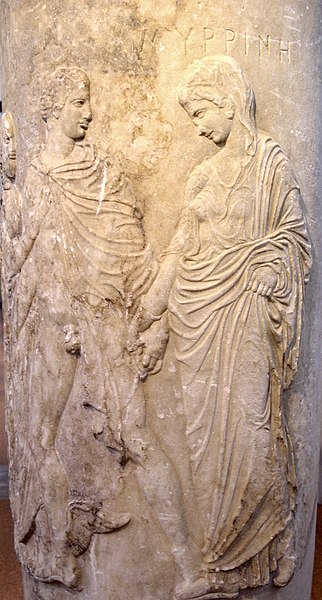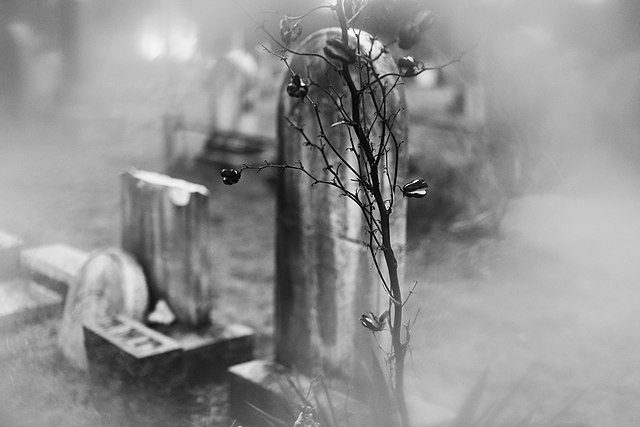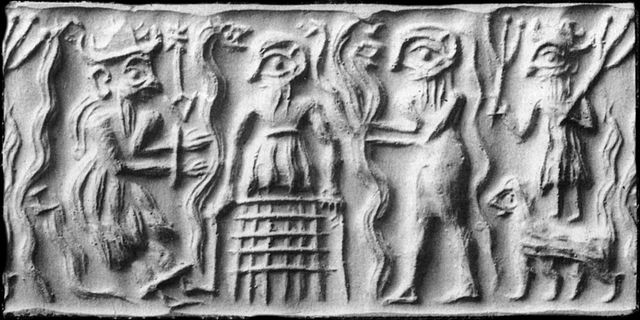A ghost story is any piece of fiction, or drama, that includes a ghost, or simply takes as a premise the possibility of ghosts or characters' belief in them. The "ghost" may appear of its own accord or be summoned by magic. Linked to the ghost is the idea of a "haunting", where a supernatural entity is tied to a place, object or person. Ghost stories are commonly examples of ghostlore.
Illustration by James McBryde for M. R. James's story "Oh, Whistle, and I'll Come to You, My Lad" (1904).
The ghost of a pirate, from Howard Pyle's Book of Pirates (1903)
John Dee and Edward Kelley invoking the spirit of a deceased person (engraving from the Astrology by Ebenezer Sibly, 1806)
"Hamlet and his father's ghost" by Henry Fuseli (1780s drawing). The ghost is wearing stylised plate armour in 17th-century style, including a morion type helmet and tassets. Depicting ghosts as wearing armour, to suggest a sense of antiquity, was common in Elizabethan theatre.
In folklore, a ghost is the soul or spirit of a dead person or non-human animal that is believed to be able to appear to the living. In ghostlore, descriptions of ghosts vary widely, from an invisible presence to translucent or barely visible wispy shapes to realistic, lifelike forms. The deliberate attempt to contact the spirit of a deceased person is known as necromancy, or in spiritism as a séance. Other terms associated with it are apparition, haunt, haint, phantom, poltergeist, shade, specter, spirit, spook, wraith, demon, and ghoul.
Relief from a carved funerary lekythos at Athens showing Hermes as psychopomp conducting the soul of the deceased, Myrrhine into Hades (ca. 430-420 B.C.)
Yūrei (Japanese ghost) from the Hyakkai Zukan, ca. 1737
Union Cemetery in Easton, Connecticut is home to the legend of the White Lady.
Ancient Sumerian cylinder seal impression showing the god Dumuzid being tortured in the Underworld by galla demons








